In the competitive automotive landscape, choosing a car that ticks all the boxes can be quite the challenge. Today, we put two popular contenders head to head: the Kia XCeed, an appealing SUV with sporty aesthetics, and the Peugeot 308, a versatile hatchback known for its sophisticated design and tech innovations. Let's delve into the technical specifications, key features, and innovations that define each vehicle.
Kia XCeed vs Peugeot 308 – Which one offers the better deal?
Design and Build Quality
The Kia XCeed boasts an SUV body type, blending the practicality of an SUV with the flair of a hatchback. Its dimensions include a length of 4,395 mm, a width of 1,826 mm, and a height of 1,495 mm. This provides a spacious interior for passengers and cargo, with a trunk capacity of 426 liters.
On the other hand, the Peugeot 308, designed as a hatchback, measures 4,367 mm in length, 1,852 mm in width, and stands at 1,441 mm high. While slightly smaller than the XCeed, it offers a competitive trunk capacity of 412 liters and is celebrated for its modern aesthetic, highlighted by sleek lines and futuristic styling elements.
Powertrains and Performance
When it comes to engine options, the Kia XCeed is available with petrol engines producing between 100 HP and 140 HP, with a choice of manual or dual-clutch automatic transmissions. The powertrain enables the XCeed to accelerate from 0-100 km/h in a range of 10.2 to 13.4 seconds. Additionally, it offers competitive torque specifications of up to 253 Nm, ensuring solid performance for daily driving.
In comparison, the Peugeot 308 offers a more diverse range of powertrains, including petrol, diesel, and hybrid options. Power outputs range from 130 HP in its base models to a robust 225 HP in its plug-in hybrid variant. The acceleration times are impressive, with the fastest variant reaching 0-100 km/h in just 7.5 seconds. This flexibility in engine options makes the 308 appealing to a broader audience seeking performance and efficiency.
Fuel Efficiency and Environmental Impact
Fuel consumption is a critical aspect for many buyers. The Kia XCeed demonstrates solid efficiency, with fuel consumption ranging between 6.3 to 6.5 L/100 km, corresponding with CO2 emissions from 143 to 148 g/km. These figures place it in an efficiency class of 'E', which is competitive but may not attract eco-conscious drivers.
Conversely, the Peugeot 308 excels in this area, particularly with its hybrid and electric options. The petrol versions only consume between 5.0 and 5.9 L/100 km, while the electric variant boasts energy consumption as low as 15.6 kWh/100 km, achieving a remarkable 0 g/km emissions rating. This places the 308 in up to the 'A' CO2 efficiency class, a significant selling point for environmentally aware consumers.
Interior and Technology Innovations
Inside, the Kia XCeed is designed with comfort and practicality in mind, featuring a well-laid-out cockpit. It's equipped with modern infotainment technology that provides drivers with seamless connectivity and navigation. The cabin is spacious and designed for easy use, appealing to families and individuals alike.
The Peugeot 308 takes interior design a step further with its i-Cockpit layout, providing a futuristic digital experience with a focus on ergonomic controls. The technology features include an advanced infotainment system with various connectivity options and a customizable driver’s display. This attention to detail creates a refined driving environment that enhances the overall experience.
Conclusion: Which One to Choose?
Both the Kia XCeed and the Peugeot 308 cater to different audiences, each with its merits. If you seek sporty styling, a spacious interior, and solid performance, the XCeed might be the perfect choice for you. However, if you value a diverse range of powertrains, excellent fuel efficiency, and cutting-edge technology, the 308 stands out as an excellent option. Ultimately, the best choice depends on your personal preferences and requirements.
Here’s where it gets real: The technical differences in detail
Costs and Efficiency:
When it comes to price and running costs, the biggest differences usually appear. This is often where you see which car fits your budget better in the long run.
Kia XCeed has a evident advantage in terms of price – it starts at 23100 £, while the Peugeot 308 costs 29200 £. That’s a price difference of around 6103 £.
Fuel consumption also shows a difference: Peugeot 308 manages with 2.30 L and is therefore significantly more efficient than the Kia XCeed with 6.40 L. The difference is about 4.10 L per 100 km.
Engine and Performance:
Power, torque and acceleration are the classic benchmarks for car enthusiasts – and here, some clear differences start to show.
When it comes to engine power, the Peugeot 308 has a barely noticeable edge – offering 195 HP compared to 180 HP. That’s roughly 15 HP more horsepower.
In acceleration from 0 to 100 km/h, the Peugeot 308 is to a small extent quicker – completing the sprint in 7.60 s, while the Kia XCeed takes 8.50 s. That’s about 0.90 s faster.
In terms of top speed, the Peugeot 308 performs slight better – reaching 225 km/h, while the Kia XCeed tops out at 210 km/h. The difference is around 15 km/h.
There’s also a difference in torque: Peugeot 308 pulls to a small extent stronger with 300 Nm compared to 265 Nm. That’s about 35 Nm difference.
Space and Everyday Use:
Whether family car or daily driver – which one offers more room, flexibility and comfort?
Both vehicles offer seating for 5 people.
In curb weight, Kia XCeed is barely noticeable lighter – 1351 kg compared to 1453 kg. The difference is around 102 kg.
In terms of boot space, the Kia XCeed offers barely noticeable more room – 426 L compared to 412 L. That’s a difference of about 14 L.
In maximum load capacity, the Kia XCeed performs slight better – up to 1378 L, which is about 55 L more than the Peugeot 308.
When it comes to payload, Peugeot 308 hardly perceptible takes the win – 503 kg compared to 479 kg. That’s a difference of about 24 kg.
Who wins the race?
The Peugeot 308 proves to be leaves the rival little chance and therefore becomes our DriveDuel Champion!
Peugeot 308 is the better all-rounder in this comparison.
Costs and Consumption
View detailed analysis
Engine and Performance
View detailed analysis
Dimensions and Body
View detailed analysis
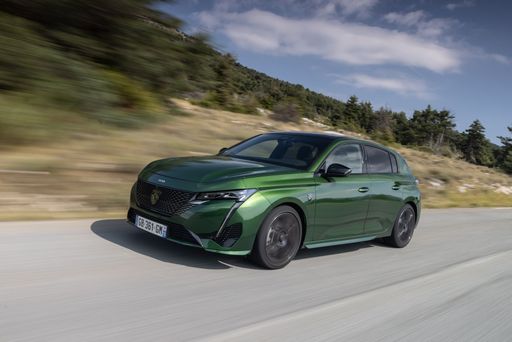 @ Peugeot / Stellantis Media
@ Peugeot / Stellantis Media
Peugeot 308
Kia XCeed
Kia XCeed blends hatchback agility with a coupe-like stance, wrapping practical space in a handsome, modern package that punches above its class in style. It’s an easygoing everyday companion — comfy, well-equipped and priced to make sensible buyers smile — with just enough spark to keep weekend drives interesting.
details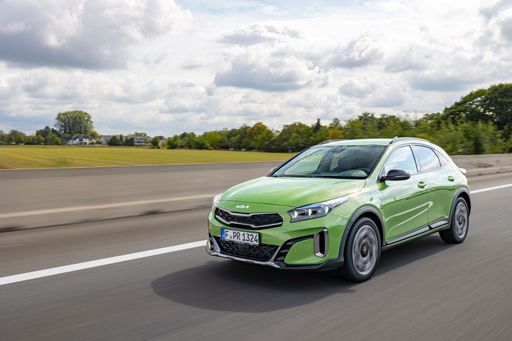 @ Kia Corporation
@ Kia Corporation
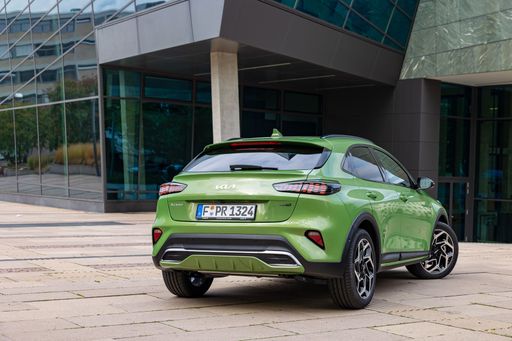 @ Kia Corporation
@ Kia Corporation
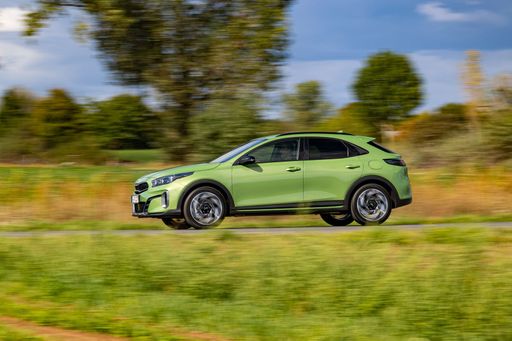 @ Kia Corporation
@ Kia Corporation
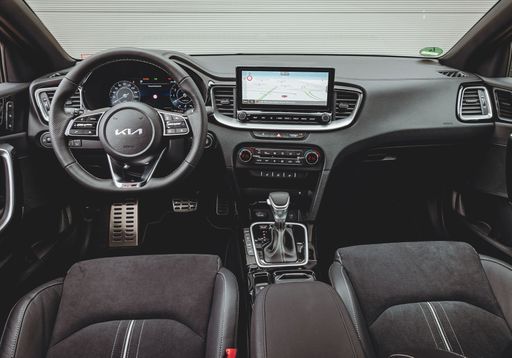 @ Kia Corporation
@ Kia Corporation
Peugeot 308
The Peugeot 308 brings a sleek, feline profile and an unexpectedly upscale cabin, with clever packaging and materials that feel a touch more premium than you might expect. It’s composed on the road, easy to live with for daily life, and a smart choice if you want a stylish hatch that still behaves when the road gets interesting.
details @ Peugeot / Stellantis Media
@ Peugeot / Stellantis Media
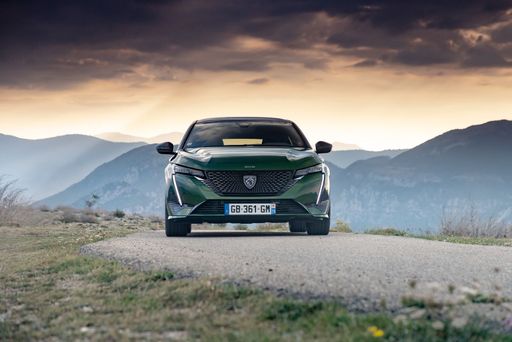 @ Peugeot / Stellantis Media
@ Peugeot / Stellantis Media
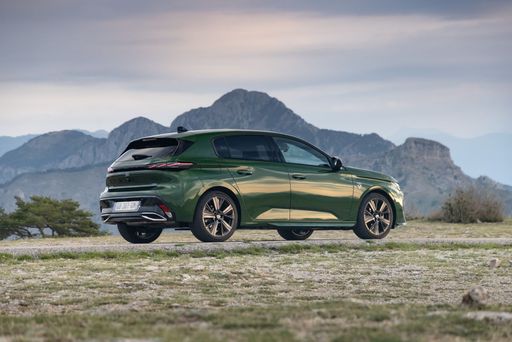 @ Peugeot / Stellantis Media
@ Peugeot / Stellantis Media
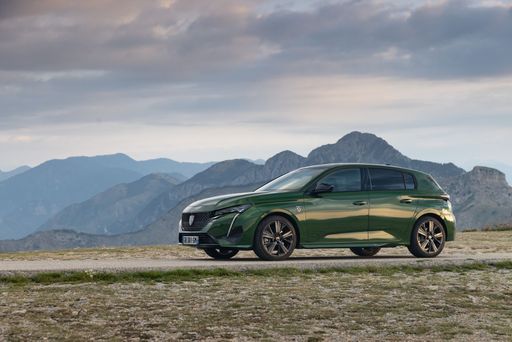 @ Peugeot / Stellantis Media
@ Peugeot / Stellantis Media
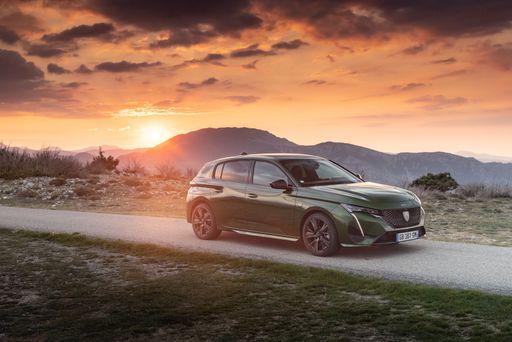 @ Peugeot / Stellantis Media
@ Peugeot / Stellantis Media
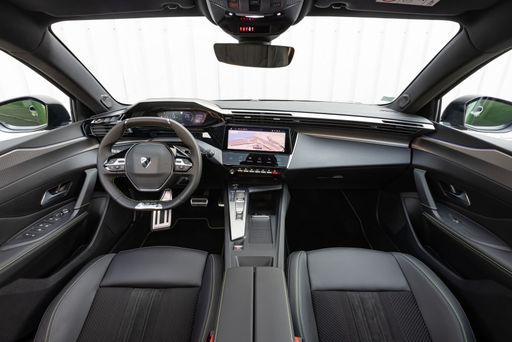 @ Peugeot / Stellantis Media
@ Peugeot / Stellantis Media
 @ Kia Corporation
@ Kia Corporation
|
 @ Peugeot / Stellantis Media
@ Peugeot / Stellantis Media
|
|
|
|
Costs and Consumption |
|
|---|---|
|
Price
23100 - 33000 £
|
Price
29200 - 42600 £
|
|
Consumption L/100km
6.4 - 6.8 L
|
Consumption L/100km
2.3 - 5 L
|
|
Consumption kWh/100km
-
|
Consumption kWh/100km
15.60 kWh
|
|
Electric Range
-
|
Electric Range
78 - 450 km
|
|
Battery Capacity
-
|
Battery Capacity
0.40 kWh
|
|
co2
144 - 155 g/km
|
co2
0 - 129 g/km
|
|
Fuel tank capacity
50 L
|
Fuel tank capacity
42 - 52 L
|
Dimensions and Body |
|
|---|---|
|
Body Type
SUV
|
Body Type
Hatchback
|
|
Seats
5
|
Seats
5
|
|
Doors
5
|
Doors
5
|
|
Curb weight
1351 - 1419 kg
|
Curb weight
1453 - 1749 kg
|
|
Trunk capacity
426 L
|
Trunk capacity
314 - 412 L
|
|
Length
4395 mm
|
Length
4367 mm
|
|
Width
1826 mm
|
Width
1852 mm
|
|
Height
1483 - 1495 mm
|
Height
1438 mm
|
|
Max trunk capacity
1378 L
|
Max trunk capacity
1258 - 1323 L
|
|
Payload
471 - 479 kg
|
Payload
430 - 503 kg
|
Engine and Performance |
|
|---|---|
|
Engine Type
Petrol
|
Engine Type
Petrol MHEV, Diesel, Plugin Hybrid, Electric
|
|
Transmission
Manuel, Automatic
|
Transmission
Automatic
|
|
Transmission Detail
Manual Gearbox, Dual-Clutch Automatic
|
Transmission Detail
Dual-Clutch Automatic, Automatic Gearbox, Reduction Gearbox
|
|
Drive Type
Front-Wheel Drive
|
Drive Type
Front-Wheel Drive
|
|
Power HP
115 - 180 HP
|
Power HP
131 - 195 HP
|
|
Acceleration 0-100km/h
8.5 - 11.7 s
|
Acceleration 0-100km/h
7.6 - 10.6 s
|
|
Max Speed
182 - 210 km/h
|
Max Speed
170 - 225 km/h
|
|
Torque
200 - 265 Nm
|
Torque
230 - 300 Nm
|
|
Number of Cylinders
3 - 4
|
Number of Cylinders
3 - 4
|
|
Power kW
85 - 132 kW
|
Power kW
96 - 144 kW
|
|
Engine capacity
998 - 1598 cm3
|
Engine capacity
1199 - 1598 cm3
|
General |
|
|---|---|
|
Model Year
2025
|
Model Year
2025
|
|
CO2 Efficiency Class
E
|
CO2 Efficiency Class
C, D, B, A
|
|
Brand
Kia
|
Brand
Peugeot
|
Is the Kia XCeed offered with different drivetrains?
The Kia XCeed is available as Front-Wheel Drive.
The prices and data displayed are estimates based on German list prices and may vary by country. This information is not legally binding.
